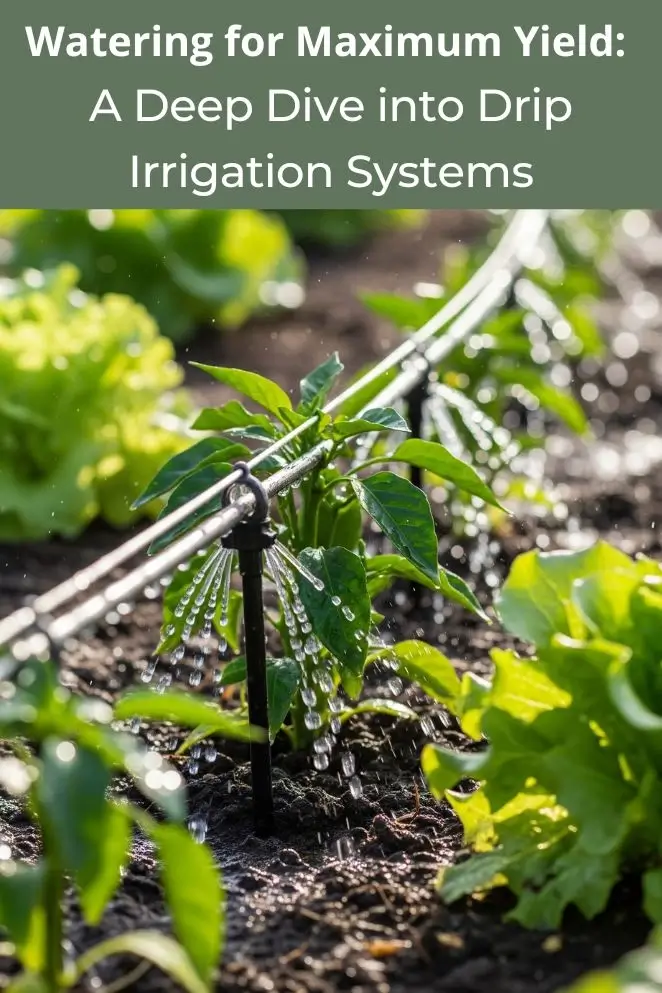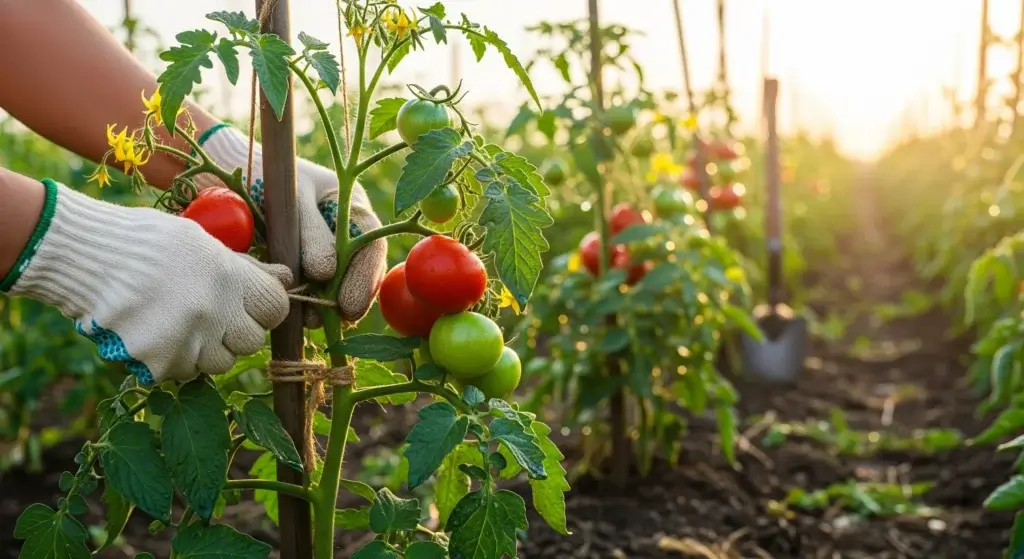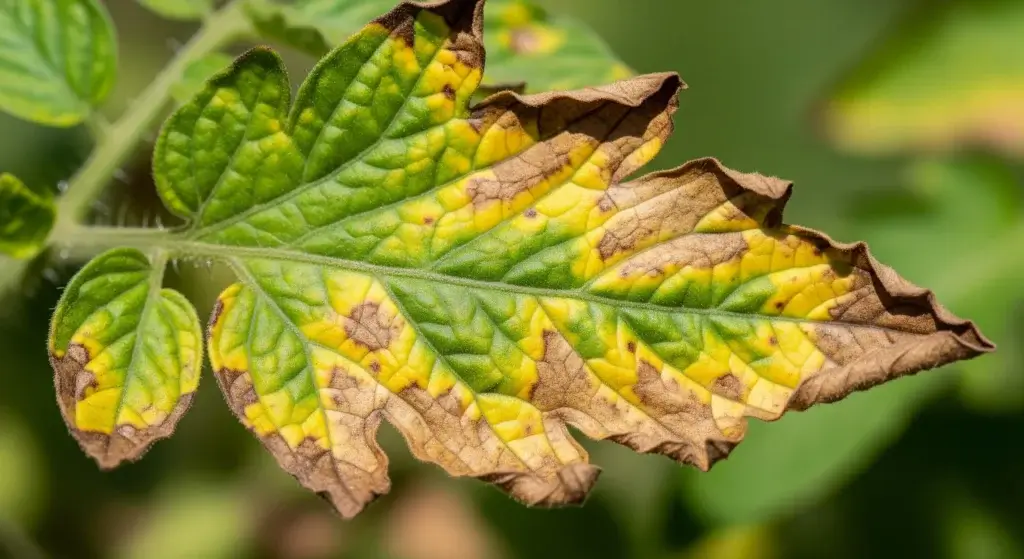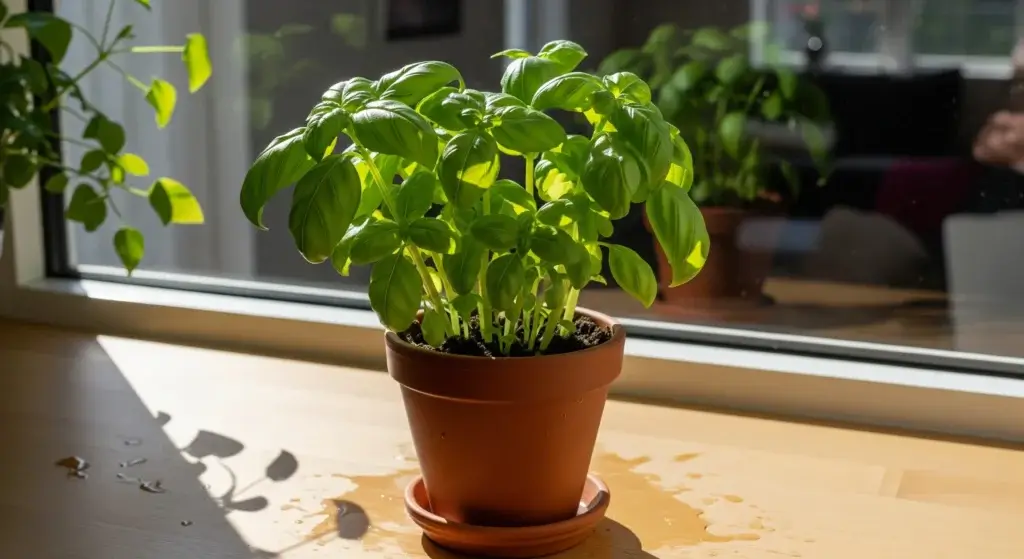
The importance of watering plants is increasing in a world where farms are running out of available water.
Drip irrigation is akin to giving plants their own water bottle, with no chance of getting it wasted and only the appropriate amount.
In this guide, learn about how drip irrigation can save water, increase harvests and make farming more efficient.
Understanding Drip Irrigation: The Foundation of Precision Agriculture
Drip irrigation is basically giving each plant its own tiny water bottle — water delivered slow and steady right to the roots so nothing gets wasted by evaporation or runoff.
Think of it like switching from blasting water everywhere with a hose to whispering just the right sip to each plant.
Key Elements of a Drip Irrigation System
- Water Source and Filtration: Whatever the source of water is (pond, tap, or well) — filter it so that emitters won’t clog.
- Pressure Regulation: Regulates pressure to a set level (typically ~10–30 PSI) so all emitters act the same.
- Distribution System: Master supply line that’s broken down into little tubes in order to reach every row of plants.
- Drippers and Emitters: Tiny valves that drip water (about 0.5–4 gal/hr depending on soil and plant)
- Control Systems: Timers, moisture sensors, or computers that will control the watering so you don’t have to baby-sit.
Maximizing Crop Yields Through Precision Watering
Drip irrigation isn’t just about saving water — it’s about making your plants live their best life.
When you nail the right amount of water, you don’t just grow more food, you grow better food.
Optimal Root Zone Management
Roots love consistency.
With drip, the soil around them stays perfectly moist instead of going through the usual rollercoaster of “flooded today, bone dry tomorrow.”
That steady water supply keeps roots strong and stress-free, which means plants can focus on growing big and producing more.
Enhanced Nutrient Uptake
Drip systems can also feed your plants while they drink — a process called fertigation. That means:
- Nutrients show up exactly when plants need them most
- No wasted fertilizer washing away
- Everything gets delivered right to the roots
- Water and food are synced up, like a perfectly timed meal plan for your crops
Disease Prevention and Crop Health
Here’s the sneaky bonus: since drip keeps the leaves dry, fungi and other plant diseases have way less chance to crash the party.
That means:
- Fewer pesticides needed
- Cleaner, healthier crops that look great at market
- Less crop loss to random plant plagues
- Sometimes even longer harvests, since plants stay healthier overall
Advanced Drip Irrigation Technologies
Drip irrigation isn’t stuck in the past — it’s gone high-tech, and the upgrades are wild.
Farmers today aren’t just laying down hoses; they’re running underground systems, smart computers, and even solar-powered setups.
It’s like going from a flip phone to a full-on smartphone for your plants.
Subsurface Drip Irrigation (SDI)
Think of SDI as drip irrigation’s stealth mode. Instead of hoses on the ground, the lines are buried 6–18 inches under the soil, secretly feeding the roots right where they need it.
Plus, the lines are safe from tractors running over them, and fertilizer gets delivered like a precision package.
Benefits include:
- Zero evaporation on the surface
- Way fewer weeds to deal with
- Irrigation lines protected underground
- Easy access for farm work on top
- Super-efficient fertilizer use
Smart Irrigation Controllers
Now, imagine running your farm like a gamer with a control panel.
Smart controllers are basically computers that use weather reports, soil sensors, and plant data to water with perfect timing.
You can literally check your irrigation on your phone while sitting miles away.
Features include:
- Adjusts watering based on the weather
- Reads soil moisture to avoid overwatering
- Remote control from anywhere
- Tracks data so you can tweak for better results
- Hooks right into farm management systems
Solar-Powered Systems
No electricity? No problem. Solar-powered drip setups run on sunshine, making them perfect for remote spots.
They cut down costs, keep things sustainable, and still give plants that precise drip treatment.
It’s the farming equivalent of charging your phone with a solar bank — eco-friendly but still powerful.
Installation Best Practices for Optimal Performance
Getting a drip irrigation system right isn’t just about plugging in some hoses — it’s about planning smart from the start.
A well-designed setup saves water, keeps plants happy, and lasts way longer.
Mess it up, and you’ll be fighting leaks, clogs, and uneven watering.
Site Assessment and Design
Before you install, you’ve got to scout the field like a pro:
- Check the soil — how fast it absorbs water and how much it can hold
- Map the land’s highs and lows so water doesn’t pool in weird spots
- Test the water source for quality and flow
- Figure out how thirsty your crops really are
- Look at climate data so you’re ready for seasonal changes
System Layout and Zoning
Not all plants drink the same amount, so group them by water needs. That way:
- Each crop gets its own custom watering schedule
- Young plants don’t compete with mature ones for water
- Managing the system is way easier
- Water pressure stays balanced across the field
Quality Components and Materials
Cheap gear will betray you. If you want the system to last, invest in the good stuff:
- UV-resistant pipes that won’t crack in the sun
- Emitters that adjust pressure so every plant gets its fair share
- Self-flushing lines that clean themselves out
- Filters that keep the water pure
- Solid automation tools so you don’t have to babysit the system
Maintenance Strategies for Long-Term Success
Drip irrigation is not a one-time deal. You will encounter obstructions, leaks and uneven watering if you neglect to maintain it.
By taking care of your body regularly, you can maintain a healthy system, save money and prevent crop damage.
Preventive Maintenance Schedule
Stick to a maintenance routine, and your system will thank you:
- Check emitters and lines every month to catch blockages early
- Clean or replace filters each season so water stays clean
- Test system pressure once a year and fine-tune if needed
- Flush the lines often so gunk doesn’t build up
- Swap out worn parts before they break on you
Troubleshooting Common Issues
Most drip problems are repeat offenders, and knowing them makes fixing way easier:
- Clogged Emitters: Usually dirt or minerals in the water. Flush regularly, use good filters, or upgrade to self-cleaning emitters if your water’s nasty.
- Pressure Problems: If pressure’s off, check your regulators. Too high or too low could mean leaks, blockages, or broken parts.
- Uneven Water Distribution: Plants looking patchy? You might have damaged drippers, missing emitters, or bad spacing. Fixing those keeps water flow balanced.
Environmental Impact and Sustainability
Drip irrigation isn’t only intelligent for farms — it’s a win for the planet.
Reducing water usage and minimizing waste, it’s the ideal solution for sustainable farming.
Water Resource Conservation
A solid drip system can slash water use by up to 60%. That’s huge, especially in places where every drop counts. It helps:
- Protect underground water reserves for the future
- Take pressure off city water systems
- Keep streams and wetlands alive for wildlife
- Make farming sustainable for the long haul
Reduced Chemical Runoff
Because drip only waters where it should, there’s way less runoff carrying fertilizer or pesticides into rivers and lakes. That means:
- Cleaner local water supplies
- Healthier fish and aquatic ecosystems
- Less hassle with environmental rules
- Better relationships with nearby communities
Carbon Footprint Reduction
Fewer wasted gallons of water equals less energy to pump and treat, and that equals reduced greenhouse gas emissions.
And when soil is always full and healthy, it sequesters more carbon.
That is: drip irrigation isn’t just growing crops — it’s combatting climate change.
Future Trends and Innovations
Drip irrigation isn’t done leveling up — it’s getting cooler every year with tech that makes farming smarter, easier, and more sustainable.
Integration with Precision Agriculture
Drip systems are teaming up with precision ag tech to make every drop count. Imagine:
- GPS guiding installers so emitters land exactly where roots need them
- Irrigation rates that change depending on soil maps and crop data
- Yield monitors linking up with drip systems to track plant performance
- Farm management apps connecting everything so you can run your irrigation from your laptop or phone
Advanced Materials and Design
Researchers are constantly cooking up new materials and designs to solve old problems. That means:
- Parts that last longer and need less fixing
- Emitters that adjust themselves to match soil conditions
- Biodegradable tubing for short-term crops that won’t leave plastic waste
- Smarter emitter designs that resist clogging, even with tricky water sources
Conclusion: Embracing the Future of Efficient Agriculture
Farming’s future is being shaped by drip irrigation, not just some fancy plumbing technology.
By utilizing 50-70% less water than traditional methods, it is a game-changer for both agriculture and the environment.
In the few years that I’ve been switching, farmers were barely surviving and double their harvests.
The benefits are not limited to water conservation, but also include improved farming practices, reduced disease outbreaks, more efficient fertilization, and increased profits.
While some individuals may feel uneasy about the initial expense, most systems provide a satisfactory return with higher yields and lower bills after 3-5 years.



